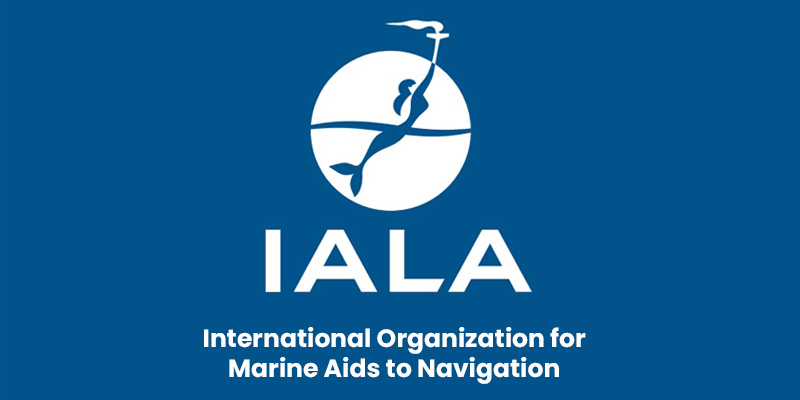Font size:
Print
Aurora
Context:
Microsoft Research AI for Science has developed Aurora, a cutting-edge system that can predict global weather and air pollution levels in less than a minute.
More on News:
- Tech giants, including Google DeepMind’s GraphCast and Nvidia’s FourCastNet, are developing AI weather-forecasting tools, including Aurora.
- Atmospheric chemistry and machine learning are being combined in a study at the European Centre for Medium-Range Weather Forecasts(ECMWF).
Key Highlights
- A step ahead of traditional models: Uses a base model trained on vast weather and climate data, identifying complex atmospheric patterns.
- Training data: Includes temperature, wind speed, pressure, and greenhouse gas concentrations.
- Forecast accuracy: Learns complex relationships within the atmosphere for detailed weather forecasts.
- Global forecasts: Capable of producing weather forecasts for any location on Earth.
- Air pollution forecasting
-
- Health impacts: Predicts the levels of major air pollutants, helping to protect public health.
- Urban utility: Particularly valuable for densely populated areas.
- Future prospects
-
- Comparative studies: Needed to definitively compare the performance of AI models like Aurora and Graphcast.
- Basic models: Research to find out if diverse data set-trained models perform better than models trained on a single data set.
Pioneering Aurora model
Aurora is a 1.3 billion-parameter foundation model trained on over a million hours of diverse weather and climate simulations.
- Weather and pollution forecasts: It not only predicts global weather for ten days ahead but also provides air pollution forecasts.
- This dual capability sets it apart from other AI weather forecasting tools.
- Complex task: Predicting air pollution levels on a global scale is more complex.
- Traditional models rely on mathematical equations for atmospheric processes, but Aurora is the first fully AI-based model for pollution forecasts.
- Computational efficiency: The models require significantly less computational power than traditional methods. The researchers found that Aurora can predict six major air pollutants around the world.
- Carbon monoxide, nitrogen oxides, nitrogen dioxide, sulphur dioxide, ozone, and particulate matter.
Impact and Applications
- Health protection: Policymakers use air pollution predictions to protect public health. Air pollution has been linked to asthma, heart disease, and dementia.
- Weather planning: Accurate forecasts can help plan outdoor activities, ensure public safety, and optimise resource allocation.
- Climate change mitigation: Improved forecasting for more effective climate change mitigation strategies by providing more accurate predictions of weather patterns and extreme events.
- Emergency response: Advanced forecasting capabilities can significantly improve emergency response times and resource allocation during natural disasters.


